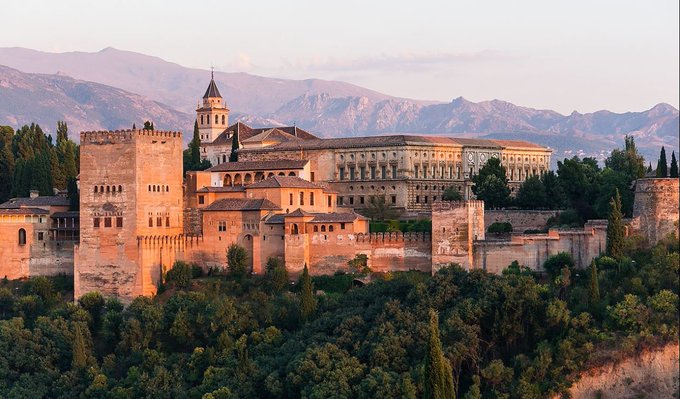THE Alhambra in Granada is celebrating 150 years of being an official national monument.
Following the revolutions of 1868, the Alhambra was disconnected from the Crown and became owned by the State, being declared on July 12, 1870 as a ‘national monument’.
Since then, it has become the most visited monument in Spain, with three million visitors a year.
The sultans of Granada, the rulers of the last muslim kingdom, built the palace in the 14th century.
A visually spectacular fortress, the palace and garden in Granada is constructed around courtyards of flowering trees, pools, and fountains.

READ MORE:
Since being declared a national monument, the Alhambra has undergone constant restoration.
From 1923 to 1978, Torres Balbas and Prieto Moreno were committed to its historical conservation.
Shortly after, the site was listed as a UNESCO World Heritage Site in 1984 for its exceptional architecture and role as an exemplary reminder of the Moorish Spain.
The Alhambra was an ‘alcazaba‘ (fortress), an ‘alcázar‘ (palace) and a small ‘medina‘ (city). This triple character explains many distinctive features of the complex.
On June 17, the 13th century palace reopened its doors after being closed for three months due to COVID-19 lockdown, with a capacity of 50% and changes in the strict security measures for access and circulation of the site.
Click here to read more Granada News from The Olive Press.








